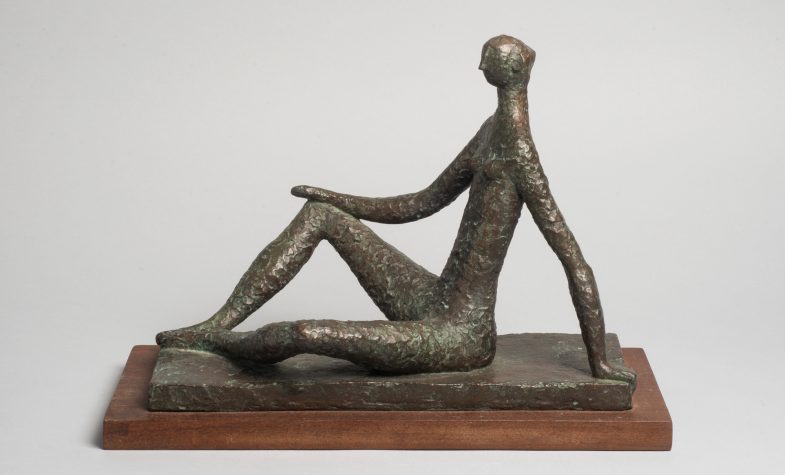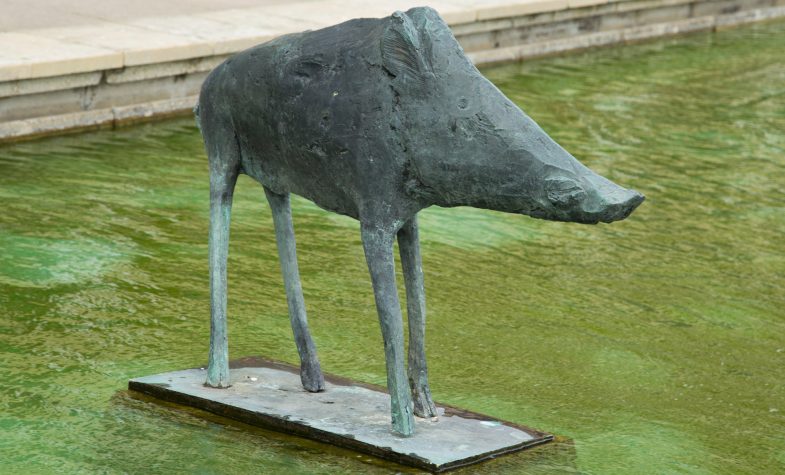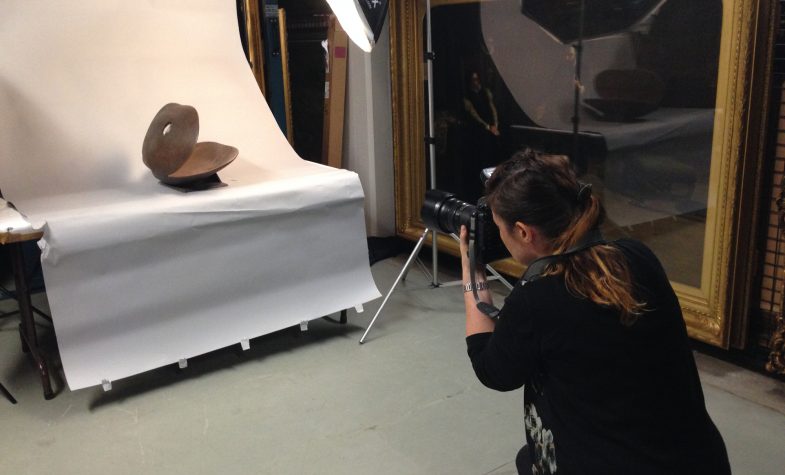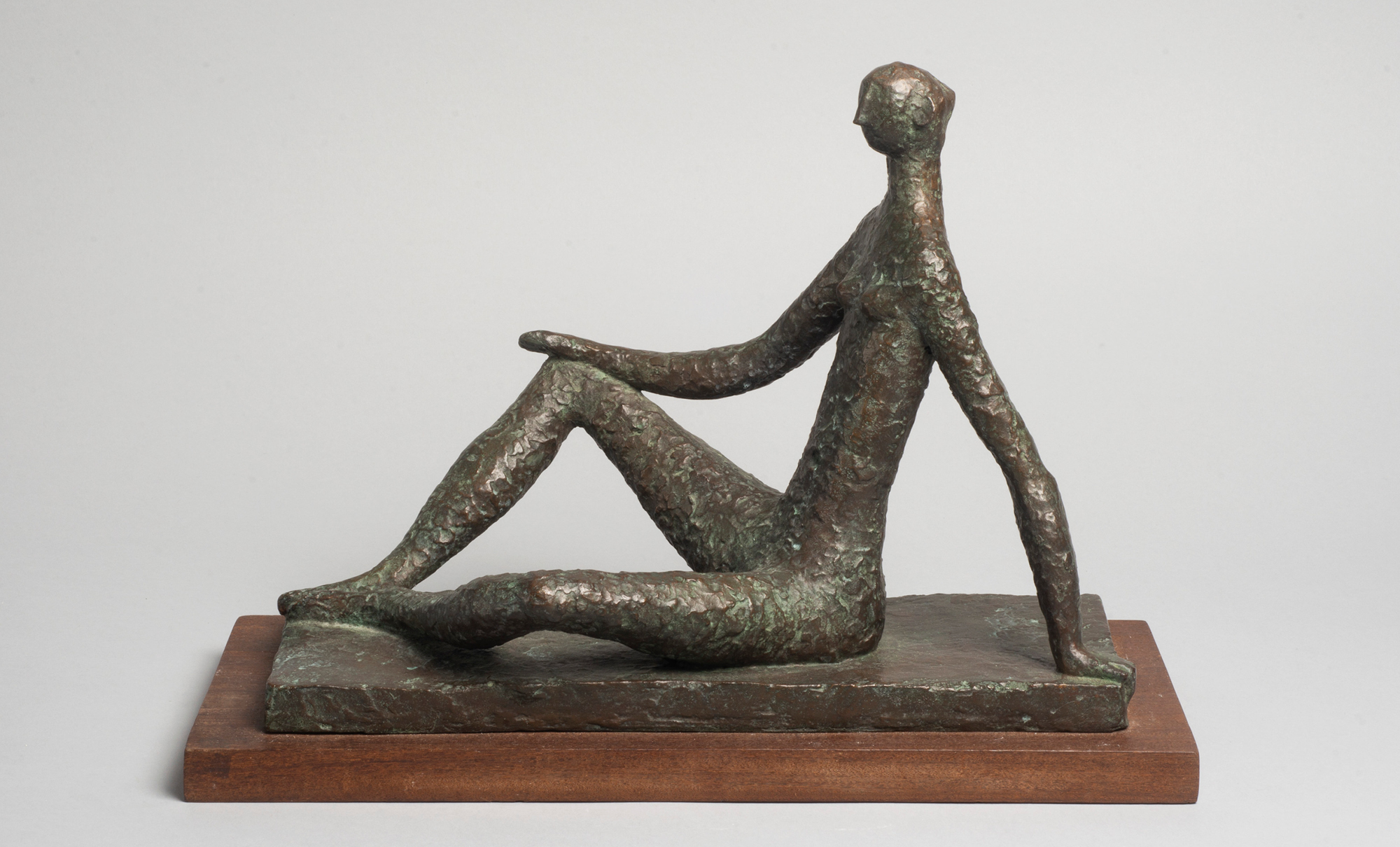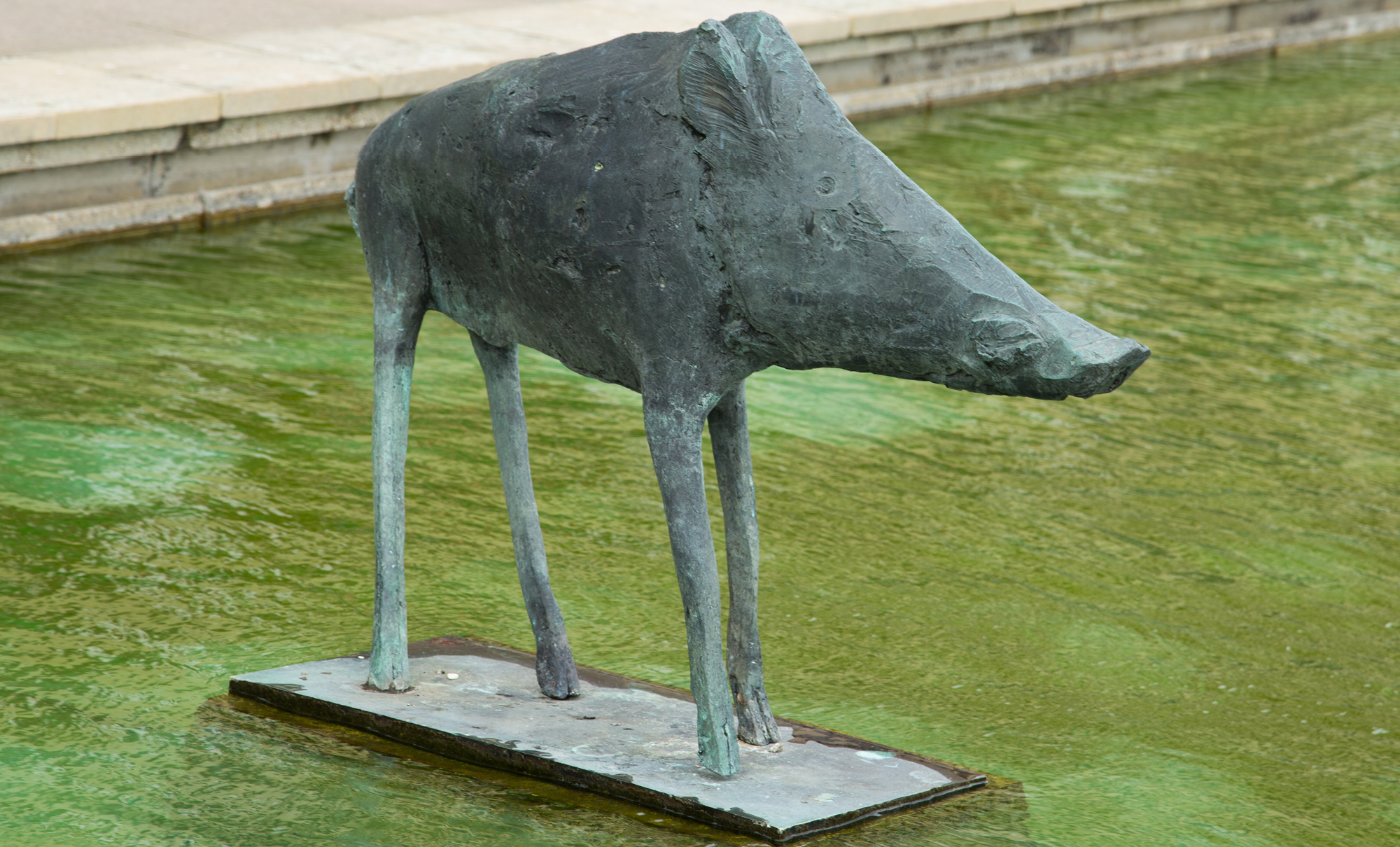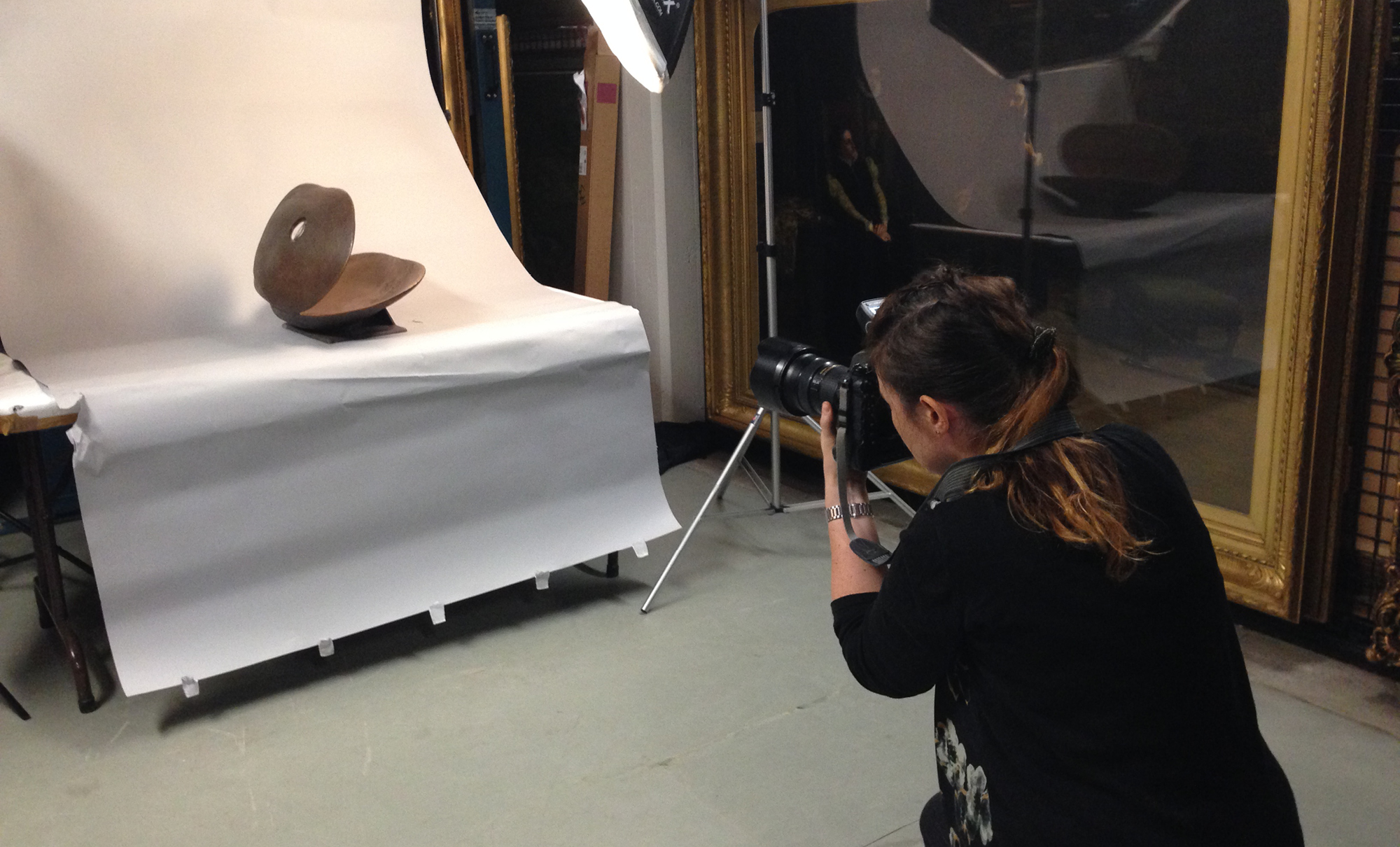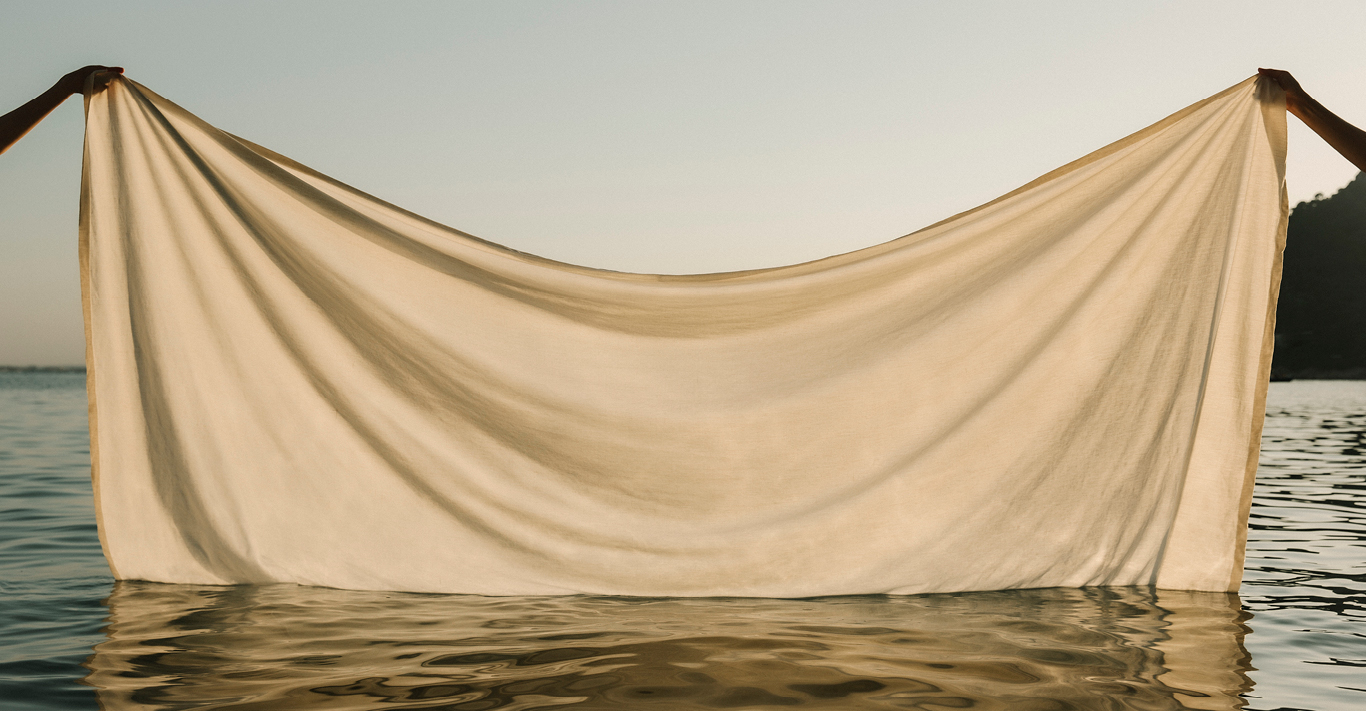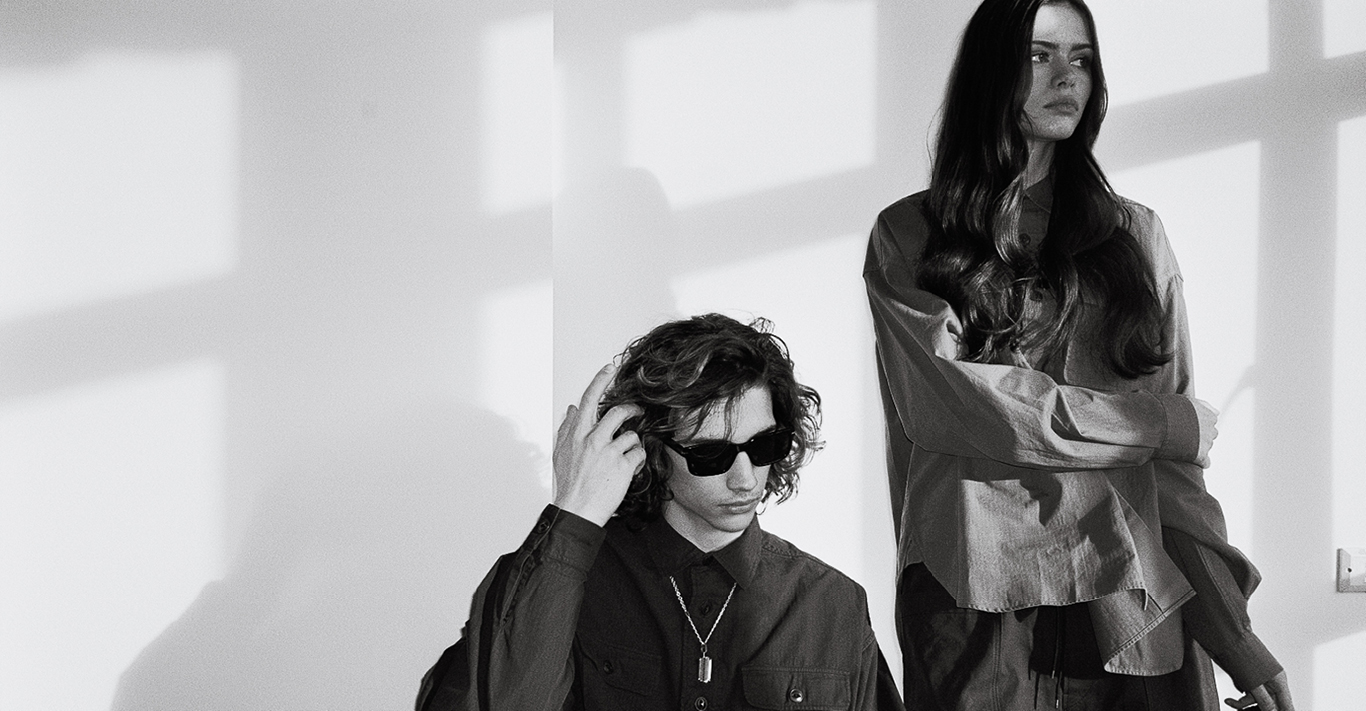WORDS
Gemma Billington
American painter Ad Reinhardt once quipped that sculpture is ‘something you bump into when you back up to look at a painting’.
For decades sculpture has been seen by many as the inferior counterpart to painting. But now innovative arts charity Art UK is looking to redress the balance in typically ambitious fashion.
Art UK may not be an immediately recognisable name, but the charity has been quietly beavering away since 2003 to create an extensive and unprecedented archive of Britain’s art collections. The initiative started life as the Public Catalogue Foundation, founded by former diplomat Dr Fred Hohler, who was inspired to take action after being struck by the lack of available information on artwork in public collections. The initial focus was on oil paintings but, after teaming up with the BBC, the charity relaunched as Art UK in 2016 and received a £3.8million grant from the National Lottery the following year to fund an ongoing initiative to photograph and digitally catalogue the nation’s sculpture collection. The first thousand of which launch online from today.
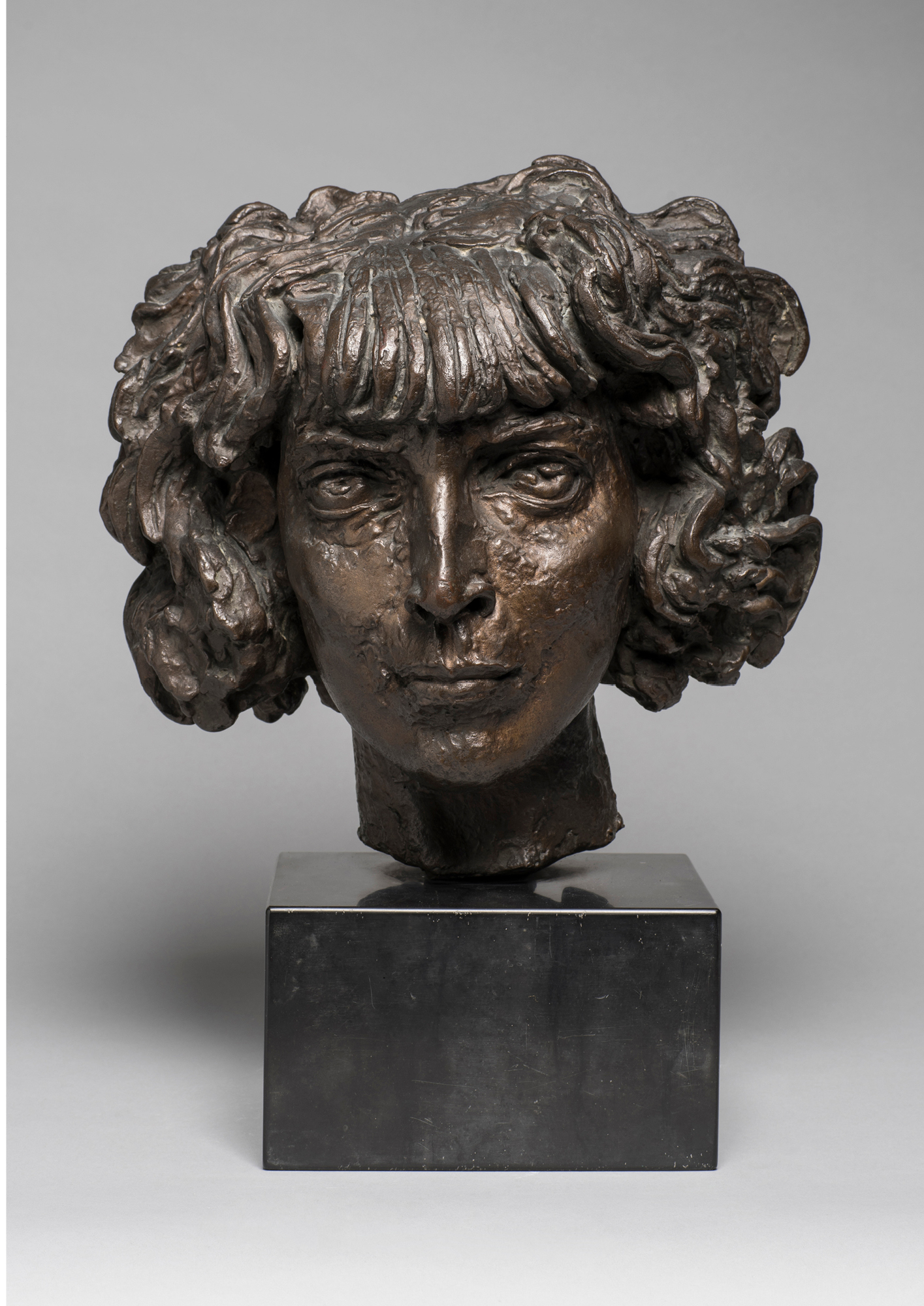
This hugely ambitious project is the first of its kind, with Britain the first country in the world to create a free-to-access online photographic showcase of its publicly owned sculpture. Making art accessible and egalitarian has always been at the core of Art UK. The initiative shines a spotlight on small-scale venues across the country – from London to the Shetland Islands – and lesser-known artists. The artworks themselves hail not only from galleries and museums, but also a variety of public buildings such as universities and hospitals, council offices and even village halls.
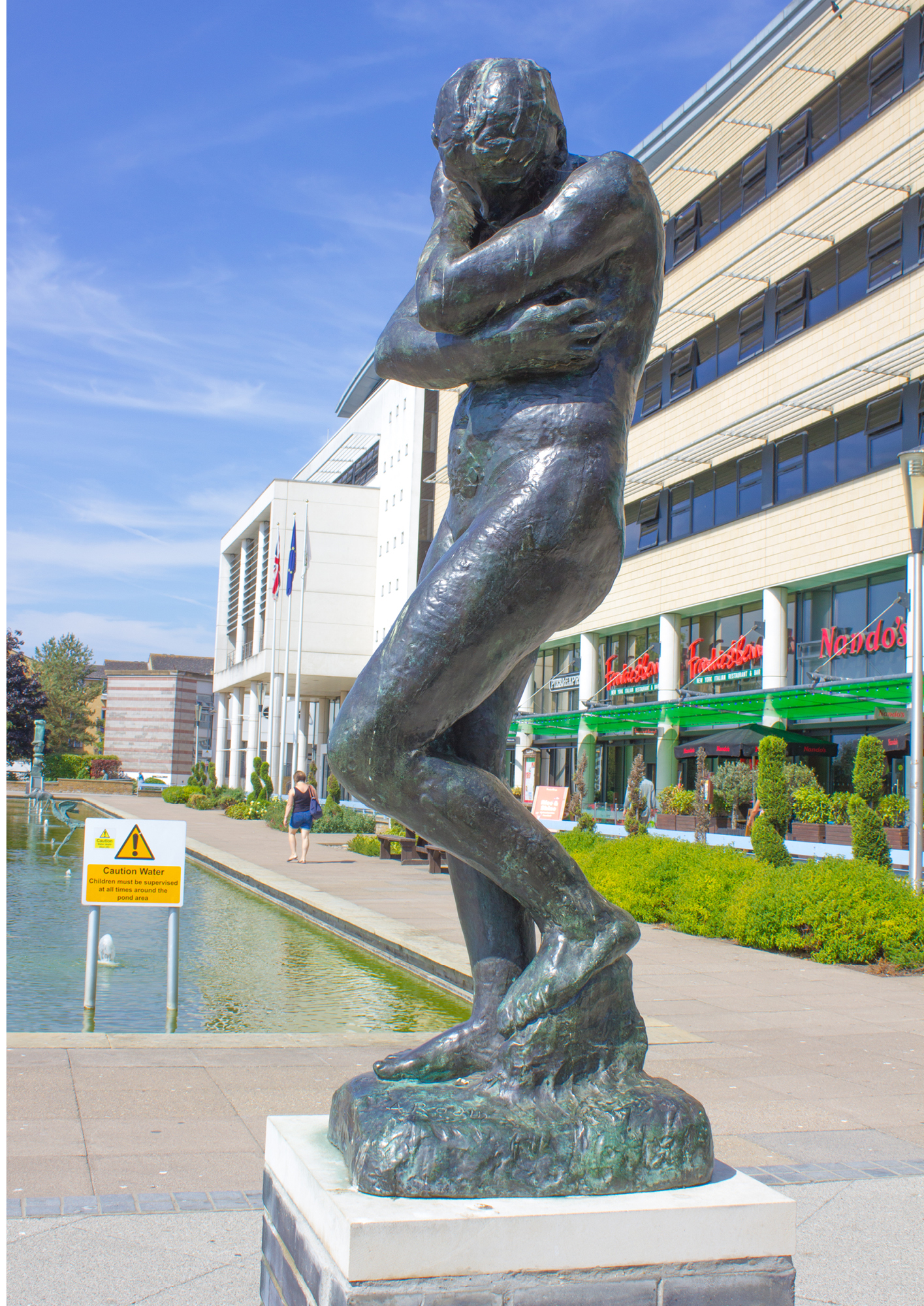
Britain’s sculpture offering is surprisingly varied, with artwork spanning a wide range of cultures and artistic movements; from 15th-century Nigerian and Buddhist sculpture to Italian Neoclassicism. Perhaps the most surprising – and incongruous – discovery through Art UK is a statue of Eve by the great Auguste Rodin located outside a branch of Nando’s in Harlow. Other highlights include a bronze cast of flamboyant Italian socialite Luisa Casati by Jacob Epstein and a sculpture by Robert Baden-Powell, founder of the Scouts. By the end of 2020, Art UK aims to have digitally archived an estimated 150,000 sculptures. These will join the 220,000 paintings already catalogued, as well as a dedicated online shop which gives people the chance to buy prints and curated gifts.
‘Art UK is all about democratising access to the art owned by the British public,’ commented Andrew Ellis, Art UK director. ‘The project will enable a global online audience to learn about the UK’s extraordinary collection of sculpture – held both inside institutions and in our streets and squares. What is immediately obvious from the sculptures now appearing online is the incredibly rich variety of artworks owned by the nation. We are very grateful to our funders for the support that has enabled this project to happen.’


